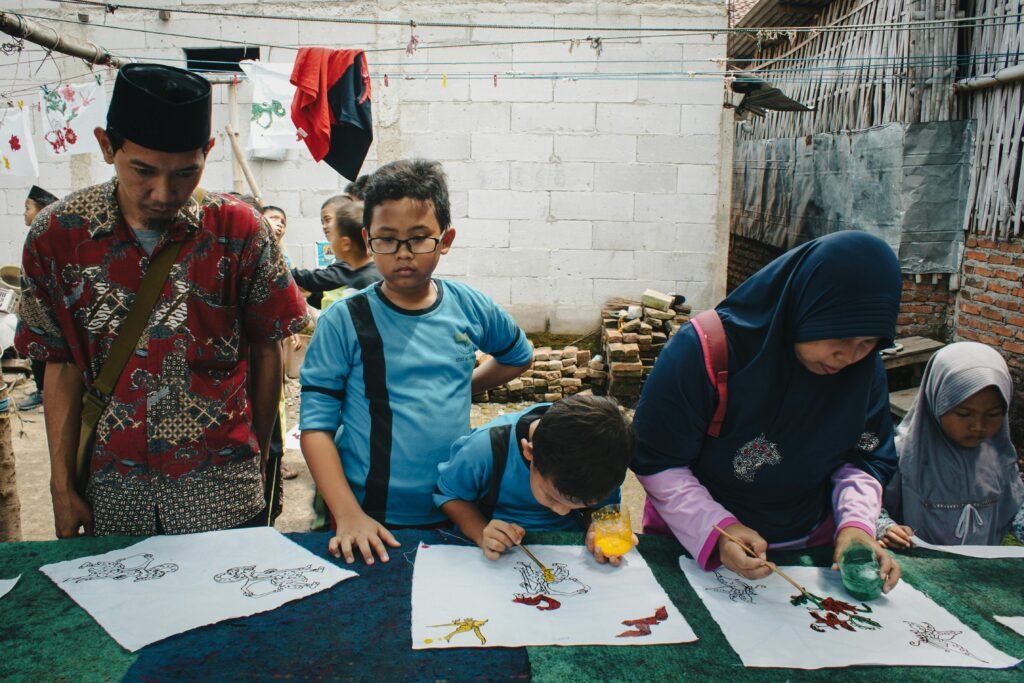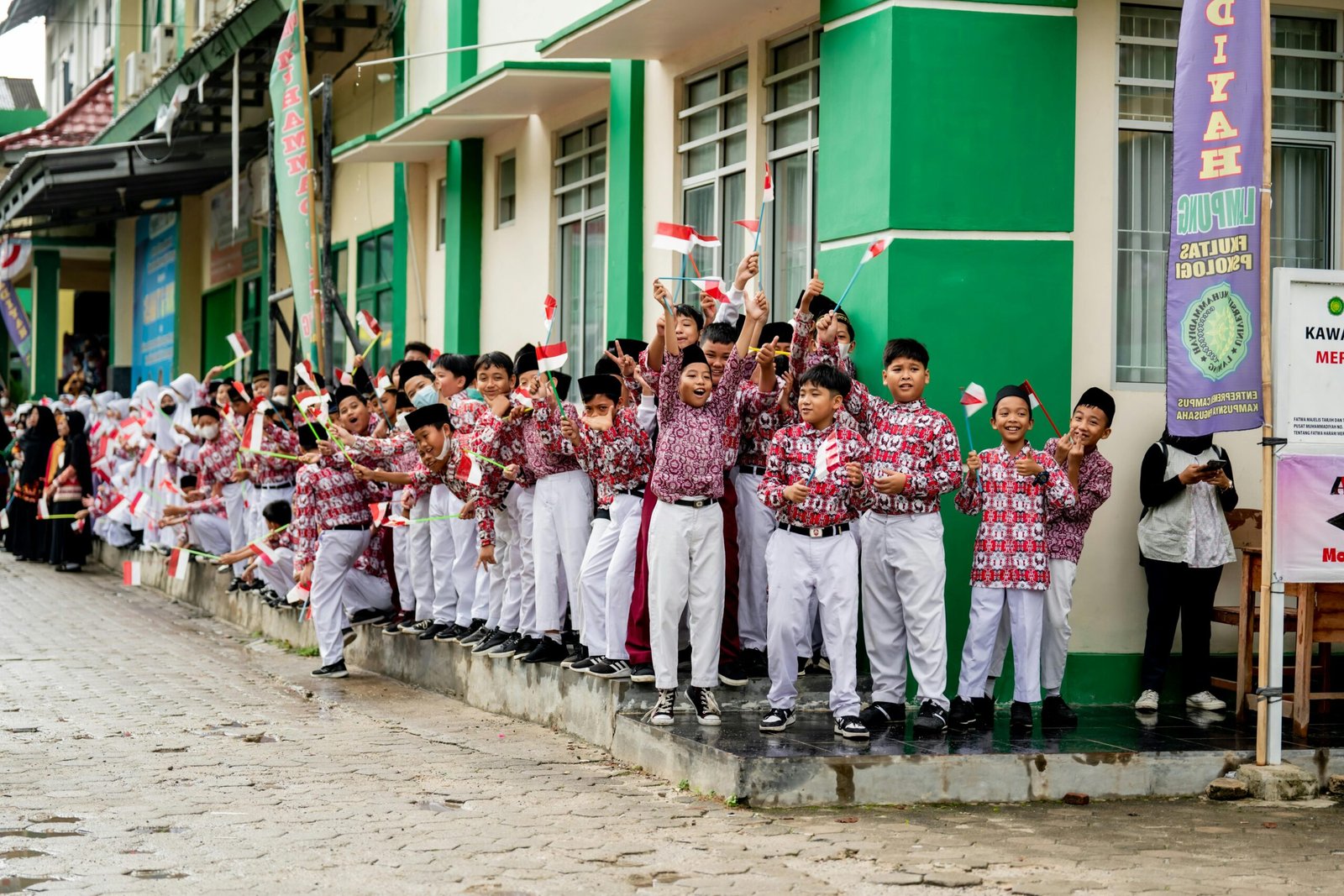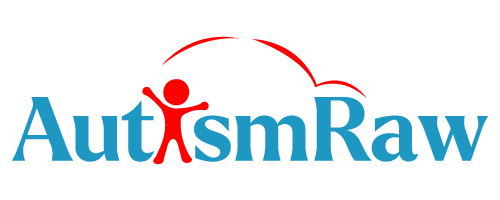Autism in Indonesia: The Numbers, the Gaps, and Why We Must Do Better

I’ve been following autism data in Indonesia for years now, and I’ll admit: it’s both fascinating and deeply frustrating. Fascinating, because the numbers keep shifting as awareness grows. Frustrating, because they still reveal a stark reality—Indonesia lags behind much of the world when it comes to understanding, supporting, and including autistic individuals.
Let’s talk facts first, then feelings.
The Numbers We Know (and Don’t Know)
Depending on which official or academic source you consult, Indonesia’s reported autism prevalence hovers between 0.4% and 1% of the population. Back in 2012, unofficial figures estimated about 112,000 individuals with autism, which rose to approximately 134,000 by 2015. More recent estimates suggest the real number could be far higher—perhaps even 2.4 million people, if you apply a prevalence of 1% to Indonesia’s population of over 270 million.
By comparison:
– United States: ~1 in 36 children (~2.8%)
– UK and Western Europe: ~1–2%
– Global average: ~1%
At first glance, Indonesia’s figure of 1% seems similar to Europe’s numbers. But here’s the catch: in Europe, that 1–2% is based on robust screening, early diagnosis, and comprehensive data collection. Children are often diagnosed before age four, and services are systematically provided across education, healthcare, and employment.
In Indonesia, many cases remain undiagnosed due to low awareness, stigma, and lack of specialists—especially outside big cities. There’s no national autism registry, and diagnosis often happens late, sometimes after age seven. So while the numbers look similar on paper, in reality, Indonesia’s 1% is almost certainly an undercount. The true prevalence could well be higher, closer to rates seen in developed countries, if comprehensive screening were implemented nationwide.
The School Maze When it comes to school options for autistic children, Indonesia has made some progress—but it’s far from enough. Special schools (SLB) exist in most provinces. These are government-recognized institutions called Sekolah Luar Biasa, designed for children with various disabilities. They’re divided into categories: – SLB A → visual impairments – SLB B → hearing impairments – SLB C → intellectual disabilities – SLB D → physical disabilities – SLB E → behavioral or emotional disorders, though autism is sometimes grouped under SLB C as well. In theory, SLBs provide specialized curricula, smaller class sizes, and teachers trained in special education. In practice, many SLBs lack sufficient resources or modern teaching approaches, especially outside big cities. Teachers often aren’t fully trained in evidence-based methods for autism, and classes can still be too large for truly individualized attention. Meanwhile, the Ministry of Education promotes inclusive education—mainstream schools welcoming students with disabilities. It’s a noble vision, but many teachers lack training, and resources are minimal. A child might sit in a regular classroom but be left to drift academically and socially because there’s no support plan in place. The result? Families either scrape together funds for expensive private therapy or homeschool their children out of desperation. Many parents feel like they’re battling the system alone. The BPJS Question: Is Therapy Covered?
People sometimes ask me: Doesn’t Indonesia’s national health insurance, BPJS Kesehatan, cover therapy for autistic kids?
Short answer: Yes—but with big caveats.
BPJS does cover terapi tumbuh kembang anak (developmental therapy), which includes autism-related services like:
– Speech therapy
– Occupational therapy
– Sensory integration therapy
Here’s how it works:
– The child (up to age 14) must be an active BPJS participant.
– A pediatric specialist must provide a referral.
– Therapy must be done at a BPJS-contracted facility.
Sounds promising, right? But here’s the reality:
– Age limits are strict. Even children older than 7 have sometimes been denied coverage, despite regulations supposedly covering up to age 14.
– Provider availability varies wildly. Urban families might find private clinics partnered with BPJS, while rural families often have no local options.
– Bureaucracy is burdensome. Parents often have to navigate multiple referrals, travel to different hospitals, and manage long waiting times.
– Session limits sometimes mean therapy is too infrequent to be effective.
I’ve heard heartbreaking stories from parents whose children suddenly lost BPJS therapy eligibility because they “aged out,” even though therapy remained crucial for their development.
So yes—BPJS has opened doors for many families who’d otherwise have no access at all. But significant gaps remain, especially for consistent, quality, long-term therapy. As things stand, the system still leaves many autistic children and their families hanging.

When Kids Grow Up: The Missing Pathways
This is where my frustration truly boils over. Because autism doesn’t end at age 18.
In Western countries, transition services help autistic youth navigate life after school:
– USA: Individualized transition plans are mandatory in public schools by age 16, covering vocational training, college support, and job placements.
– UK: Employment programs and supported apprenticeships help neurodiverse adults find meaningful work.
– Australia and Canada: Offer housing assistance, job coaches, and community programs for autistic adults.
Indonesia? Almost none of this exists in a systematic way.
Most autistic young adults here “age out” of schooling into… well, nothing. Few vocational programs accommodate sensory needs, communication challenges, or social anxieties. Employers remain wary of hiring neurodiverse staff. Families often keep adult children at home, worried they’ll be misunderstood—or worse—outside.
Why Indonesia Needs to Step Up
Indonesia is a vibrant, rising economy. We talk about becoming a “Vision 2045” developed nation. But how can we call ourselves advanced when millions of autistic Indonesians are left behind?
This isn’t just a medical issue—it’s an economic and human rights issue. Untapped potential, lifelong dependency, and family stress all have real costs.
Here’s what we urgently need:
– Early screening as part of regular pediatric checkups nationwide.
– Teacher training in inclusive practices, beyond mere policy slogans.
– Vocational pathways tailored to neurodiverse strengths, in partnership with private businesses.
– Public awareness campaigns to reduce stigma and normalize seeking help.
– A national autism registry, so we finally know how many people we’re talking about—and can plan resources accordingly.
– Improved BPJS implementation, ensuring therapy remains accessible past arbitrary age limits, with more providers and less bureaucracy.
These aren’t impossible dreams. Other nations are doing it. So can we.
A Personal Reflection
I’ve watched families stagger under the weight of this journey—emotionally, financially, and socially. The numbers might be abstract, but behind every statistic is a child, a parent, a life trajectory hanging in the balance.
Indonesia is capable of great things. We’ve transformed our economy, embraced technology, and become a regional powerhouse. It’s time to show that same ambition in the way we care for our autistic community.
Because every child deserves to be seen, supported, and given the chance to shine.
This is Autism Raw.
Welcome to our Unscripted Journey.
